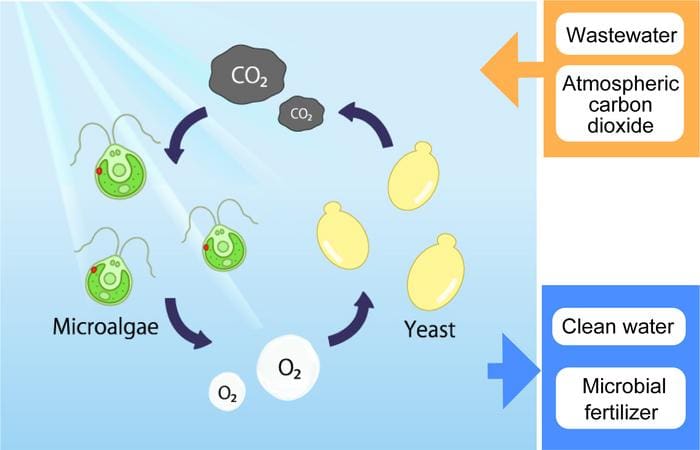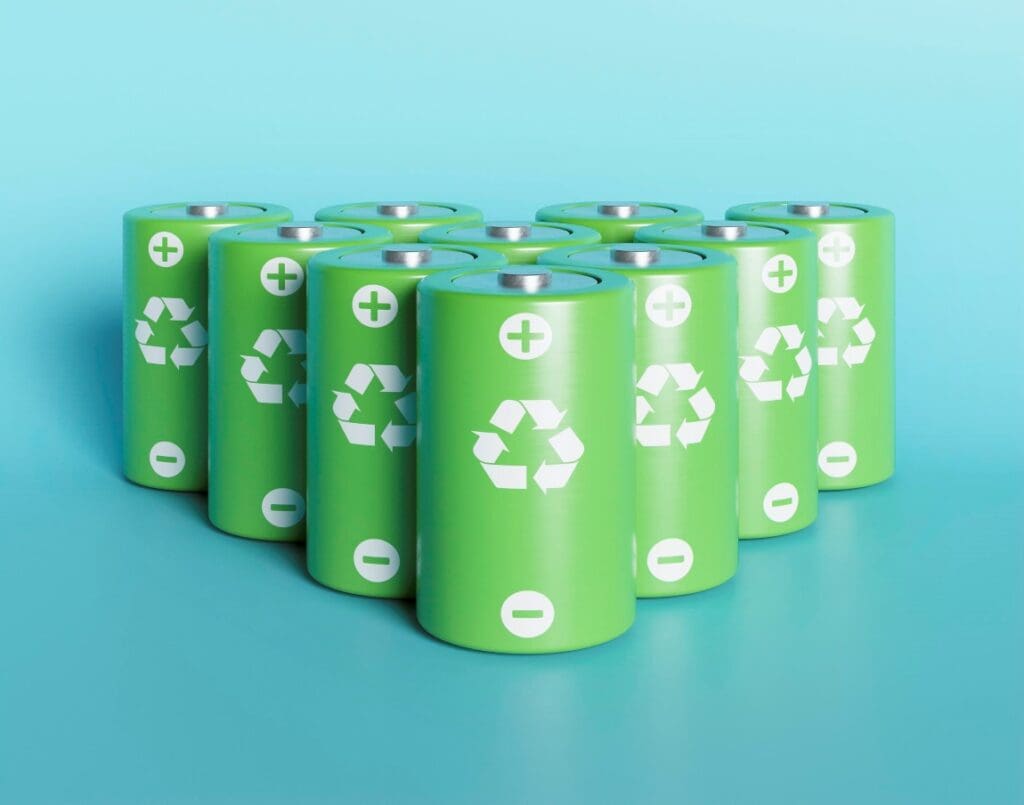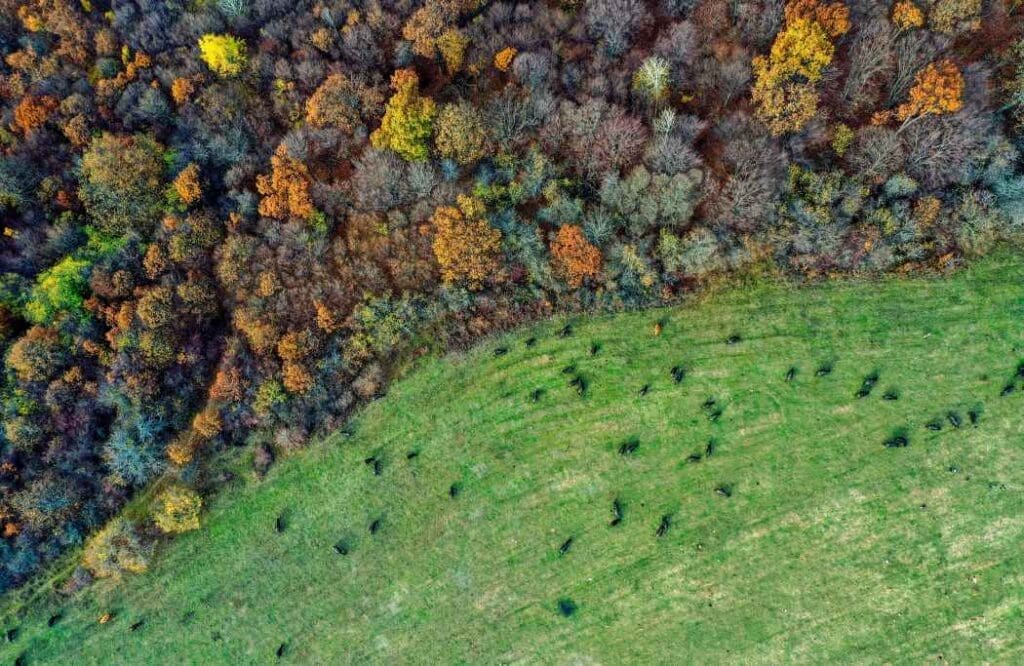Unexpected measurements from ‘lost’ Seaglider reveal warming impact on Antarctic ice shelf

A new study utilizing data from a Seaglider that inadvertently navigated into the Ross Ice Shelf cavity suggests that warming ocean waters are increasingly contributing to ice melting along the Antarctic shelf.
Researchers from the University of East Anglia (UEA) deployed the glider, equipped with climate-sensing instruments, in December 2022, aiming to measure open water dynamics.
However, the glider, called Marlin, was caught in a southward current that pulled it under the ice shelf. For four days, Marlin recorded data, including a 50-meter-thick layer of relatively warm water under the ice, ranging from -1.9°C to -1.7°C.
The study, published in Science Advances, indicates a notable increase in heat transported into the Ross Ice Shelf cavity over the past 45 years.
“The temperature increase – four thousandths of a degree a year – might not seem all that much, but it could lead to around 20 to 80 cm of additional ice loss per year,” said Dr. Peter Sheehan, the study’s lead author.
These findings underscore the risks climate-driven ocean warming poses to Antarctic ice shelves, a concern likely to grow as warming intensifies.
Journal Reference: Peter M. F. Sheehan, Karen J. Heywood, ‘Ross Ice Shelf frontal zone subjected to increasing melting by ocean surface waters’, Science Advances 10, eado6429 (2024). DOI: 10.1126/sciadv.ado6429
Article Source:
Press Release/Material by University of East Anglia
Nanoparticle bursts over the Amazon: New findings on rainforest weather dynamics
In the Amazon, afternoon rain showers trigger bursts of nanoparticles that contribute to cloud formation, according to new research published in Nature Geoscience.
The study, conducted by an international research team, utilized data from the Amazon Tall Tower Observatory (ATTO) to analyze aerosol particles and meteorological patterns. Rainfall, the researchers found, removes existing particles and introduces ozone, which reacts with organic compounds from plants, forming nanoparticles that rise to serve as cloud condensation nuclei.

“Our findings imply a paradigm shift in understanding the interaction between the rainforest, aerosols, clouds, and precipitation in the Amazon, which are important for regional and global climate,” said Dr. Ulrich Pöschl, co-author and director at the the Max Planck Institute for Chemistry.
The study highlights how these nanoparticle bursts contribute to the Amazon’s cloud formation processes, with implications for broader climate modeling.
Journal Reference: Machado, L.A.T., Unfer, G.R., Brill, S. et al. ‘Frequent rainfall-induced new particle formation within the canopy in the Amazon rainforest’, Nature Geoscience (2024). DOI: 10.1038/s41561-024-01585-0
Article Source:
Press Release/Material by Max Planck Institute for Chemistry
Challenges in climate adaptation financing pose risks for the poor, study finds

A new study led by Prof. Dr. Lisa Schipper from the University of Bonn warns that allegations of maladaptation – cases where climate adaptation measures backfire – could limit financing for necessary projects in the Global South.
Published in Science, the research outlines how political reluctance to measure adaptation success complicates funding, leaving vulnerable communities at risk. Aditi Mukherji, co-author from CGIAR, pointed out that some measures, like irrigation, are often labeled as maladaptation when used in water-scarce regions but are beneficial in poor agricultural areas.
“Maladaptation should be understood as a cautionary tale and a roadmap for adaptation improvements,” Schipper noted, emphasizing that adaptation failures often result from poor planning or inadequate understanding of local needs.
The study advocates for adaptation funding that considers development goals to ensure effective results.
Journal Reference:
E.L.F. Schipper, A. Mukherji, ‘Misguided negative adaptation narratives are hurting the poor’, Science 386, 624-626 (2024). DOI: 10.1126/science.adq7821
Article Source:
Press Release/Material by University of Bonn
Green algae-yeast combination shows potential to improve wastewater treatment efficiency
Research from Osaka Metropolitan University suggests that pairing green algae with yeast could significantly enhance wastewater treatment efficiency.
Published in Applied Microbiology and Biotechnology, the study explored how green algae, which photosynthesize to produce oxygen, could work with carbon-dioxide-emitting yeast to optimize the active sludge method. The combination was found to improve the algae’s ability to absorb ammonium and phosphate ions, vital for efficient treatment.

“This method not only enhances wastewater treatment but could produce valuable compounds like polysaccharides and oils,” explained Professor Ryosuke Yamada, who led the study. This innovative approach may offer a more sustainable solution for wastewater facilities worldwide.
Journal Reference:
Takahashi, M., Karitani, Y., Yamada, R. et al. ‘Co-utilization of microalgae and heterotrophic microorganisms improves wastewater treatment efficiency’, Applied Microbiology and Biotechnology 108, 468 (2024). DOI: 10.1007/s00253-024-13309-w
Article Source:
Press Release/Material by Osaka Metropolitan University
Featured image credit: Gerd Altmann | Pixabay




